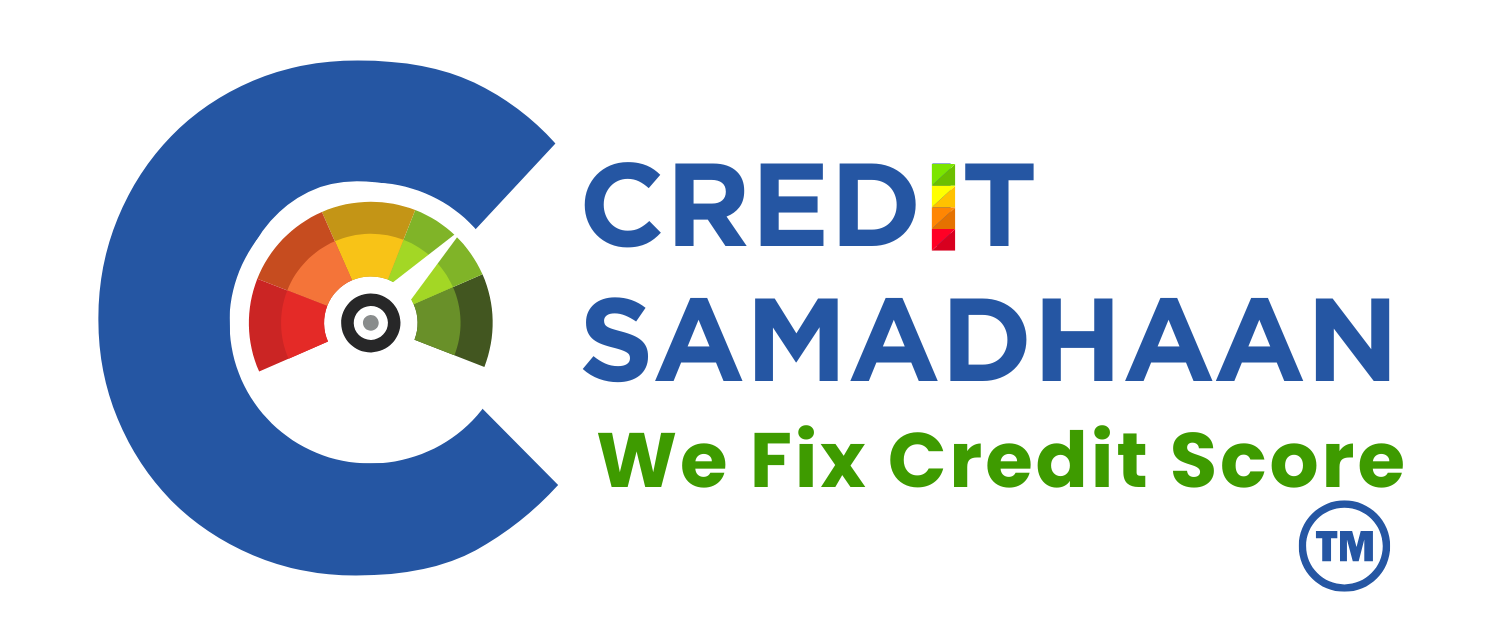Unified Lending Interface | 24 June | Finance Ministry & RBI Join Hands to Launch UPI-Style Lending Platform – ULI (Unified Lending Interface)
Unified Lending Interface | 24 June |
India Prepares for a Lending Revolution with ULI
In a transformative move aimed at revolutionizing the credit landscape in India, the Finance Ministry and the Reserve Bank of India (RBI) have come together to strategize the scaling up of the Unified Lending Interface (ULI)—a cutting-edge Digital Public Infrastructure (DPI) that promises to do for lending what UPI (Unified Payments Interface) did for digital payments.
On June 23, 2025, Financial Services Secretary M Nagaraju and RBI Deputy Governor T Rabi Sankar co-chaired a landmark meeting in New Delhi, engaging top officials from 13 central government departments and 11 state governments. The core agenda: accelerating the adoption and integration of ULI across India.
What is ULI? The Future of Lending in India
ULI (Unified Lending Interface) is a DPI platform built to make credit access faster, more efficient, and data-driven. Using standardized APIs, ULI will allow lenders to plug into a common infrastructure and access verified borrower data from various government and private sources.
Just as UPI democratized payments, ULI is envisioned to:
-
Streamline the loan approval process
-
Reduce turnaround times
-
Improve underwriting accuracy
-
Enhance financial inclusion across Bharat
This is especially crucial for small borrowers, MSMEs, and first-time credit seekers, where data asymmetry has often hindered smooth credit flow.
Statements from the Leadership
During the meeting, RBI Deputy Governor T Rabi Sankar emphasized that ULI represents a “DPI of national importance”, urging every participating stakeholder to integrate their datasets to maximize its potential.
“ULI (Unified Lending Interface) is not just a technology platform—it’s a catalyst for unlocking equitable access to credit. It’s time India builds a UPI for lending.”
– T Rabi Sankar, Deputy Governor, RBI
Financial Services Secretary M Nagaraju echoed the sentiment and called for immediate action:
“We urge all stakeholders to nominate nodal officers and fast-track dataset integration with ULI (Unified Lending Interface). Let us together make ULI India’s next great fintech success story.”
How ULI Will Work: Behind the Scenes
ULI will act as a plug-and-play ecosystem where lenders—banks, NBFCs, fintechs, and even microcredit players—can connect to a centralized data highway. This will pull authenticated KYC, income, credit, and government benefit data in real-time for accurate credit profiling.
Think of it as a credit intelligence network, built on:
-
Standard APIs for seamless connectivity
-
Consent-based data sharing
-
Integration with government & financial systems
-
AI-driven analytics to assess risk in milliseconds
Government and State Participation: A Whole-of-Economy Approach | Finance news
The coordination with various state and central departments shows the intent to build a robust, scalable, and inclusive platform. Departments involved included:
-
Ministry of Finance
-
Ministry of Electronics & IT (MeitY)
-
Ministry of MSME
-
Ministry of Agriculture
-
And others with deep credit data repositories
11 state governments were also present, as ULI’s success depends heavily on ground-level data integration and local governance.
Impact on Borrowers and Lenders
Borrowers will benefit from:
-
Faster loan processing
-
No more repetitive documentation
-
Higher chances of loan approval
-
Lower interest rates due to accurate profiling
Lenders will gain:
-
Access to richer datasets
-
Reduced NPAs via better due diligence
-
Easier compliance
-
Wider outreach to underserved markets
How ULI (Unified Lending Interface) Complements India’s Fintech Stack
India already has globally celebrated infrastructure like:
-
UPI (Payments)
-
Aadhaar (Identity)
-
DigiLocker (Document storage)
-
Account Aggregator (Financial data sharing)
ULI will be the missing link in this fintech puzzle, focused exclusively on credit delivery. It bridges technology, policy, and finance—making India a model for the world in inclusive credit access.
What’s Next? A Call to Action
The finance ministry and RBI have issued a call to all departments and states to nominate nodal officers and expedite their integration with the ULI system.
With real-time credit access, API standardization, and data interoperability, ULI could soon become the gold standard for digital lending—reducing fraud, improving access, and reshaping India’s $1.5 trillion credit economy.
Stay Updated | Finance news
Follow us for the latest updates on India’s digital credit transformation, fintech innovation, and regulatory developments.
For deeper insights on how ULI ( Unified Lending Interface) will affect your CIBIL score, credit access, or loan applications, get in touch with
Highlights:
-
ULI aims to become the UPI of the credit ecosystem.
-
It will enable real-time access to authenticated borrower data via standardized APIs.
-
Key stakeholders from 13 central departments and 11 states attended the high-level meeting.
-
Government datasets to be integrated to ease and accelerate credit disbursement.










